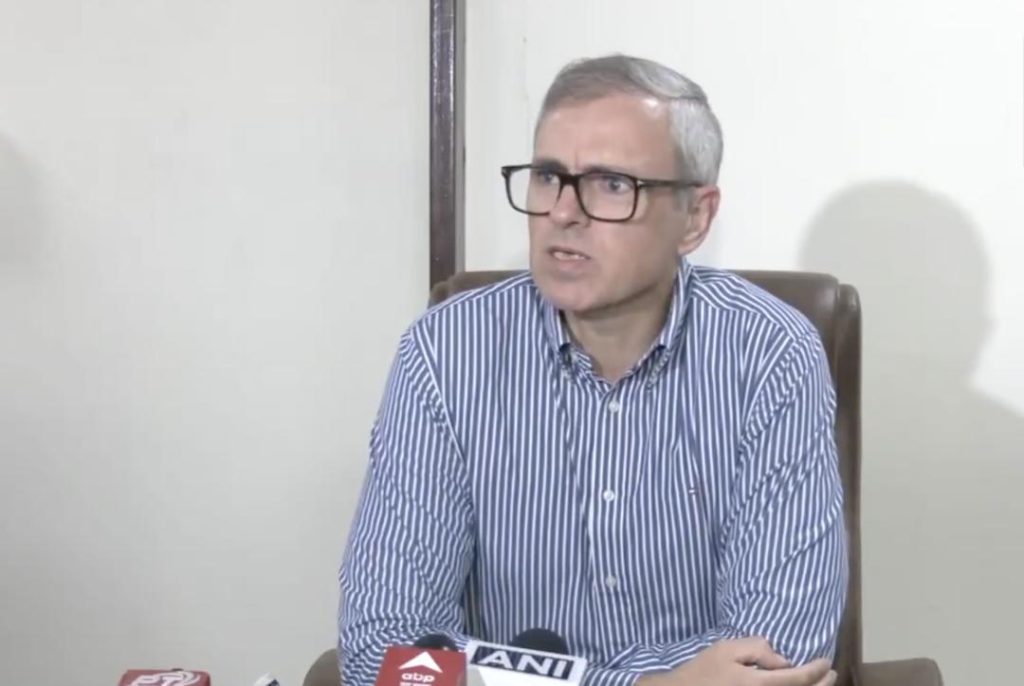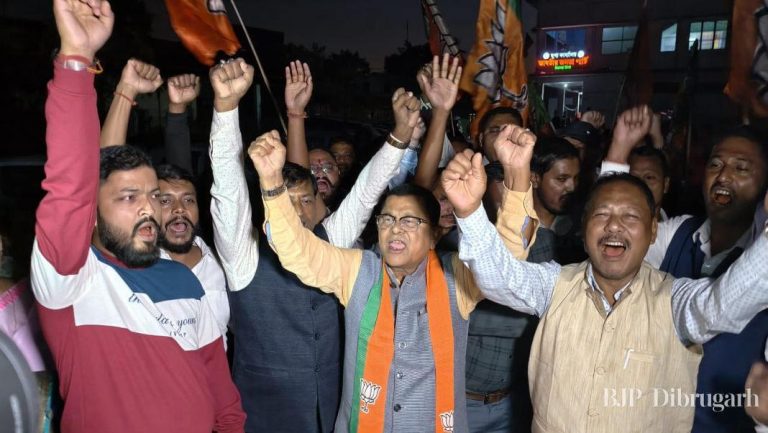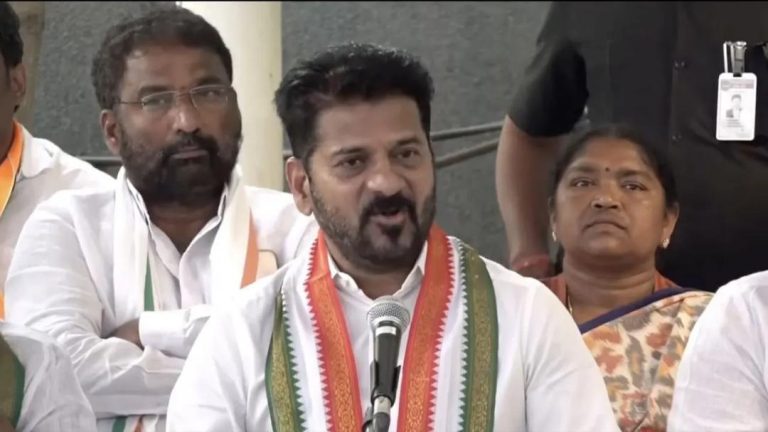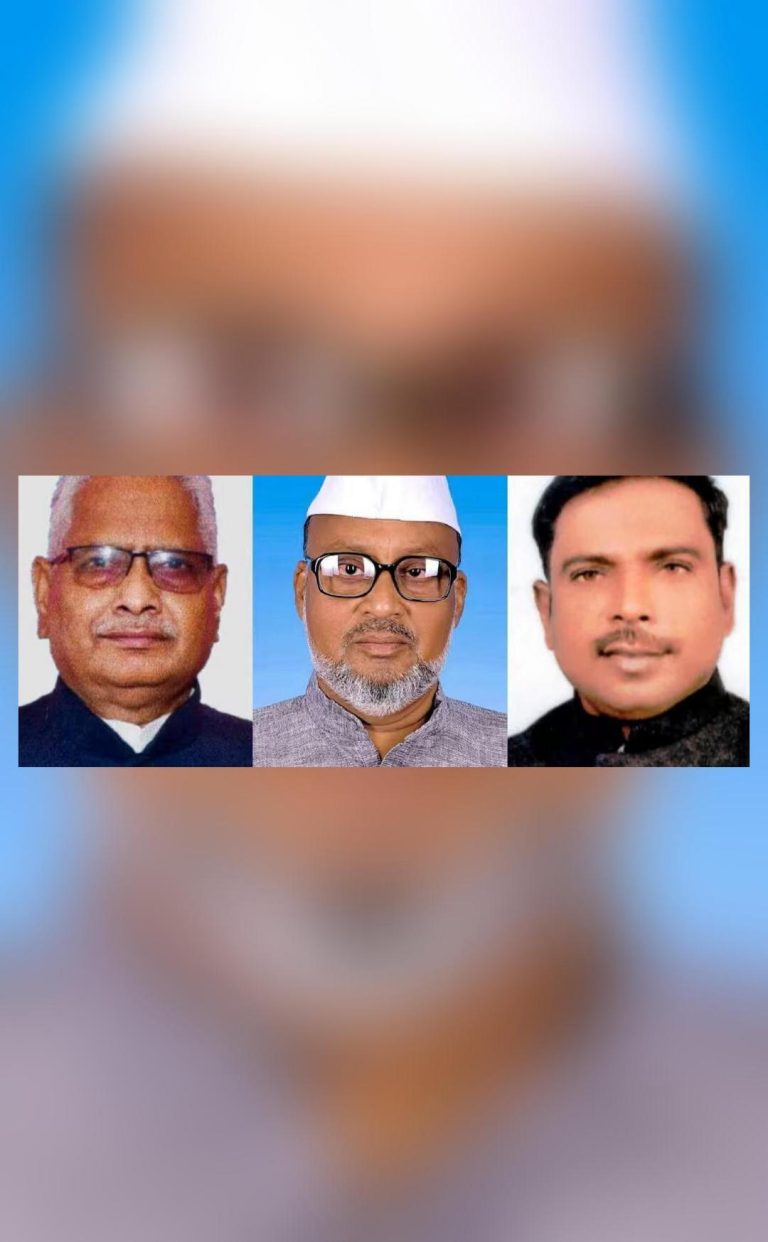
Why should I send water to Punjab?: J&K CM on canal proposal
The recent proposal to construct a 113 km-long canal to redirect surplus water from three western rivers of the Indus system in Jammu and Kashmir (J&K) to Punjab, Haryana, and Rajasthan has sparked a heated debate. At the center of the controversy is J&K Chief Minister Omar Abdullah, who has expressed his reservations about the proposal. In a recent statement, Omar Abdullah questioned the need to send water to Punjab, pointing out that the state already has a significant amount of water under the Indus Waters Treaty.
The Indus Waters Treaty, signed in 1960, is a bilateral agreement between India and Pakistan that regulates the use of the waters of the Indus and its tributaries. Under the treaty, the waters of the eastern rivers – Ravi, Beas, and Sutlej – are allocated to Pakistan, while the western rivers – Jhelum, Chenab, and Indus – are allocated to India. The treaty also provides for a mechanism to resolve disputes over the use of the waters.
The proposed canal is intended to divert excess water from the western rivers to the parched regions of Punjab, Haryana, and Rajasthan. However, Omar Abdullah has expressed doubts about the need to send water to Punjab, given that the state already has a significant amount of water under the Indus Waters Treaty. He has also questioned whether Punjab has ever provided water to J&K when it needed it.
“Did they give us water when we needed it?” Omar Abdullah asked, pointing out that Punjab has always received more water than it needed under the Indus Waters Treaty. He also questioned why J&K should be expected to send water to Punjab when the state has always been the beneficiary of the treaty.
Omar Abdullah’s comments have sparked a debate about the fairness of the Indus Waters Treaty and the need for a more equitable distribution of the waters of the Indus system. Many have argued that the treaty is biased in favor of Pakistan, which has always received more water than it needs. Others have pointed out that the treaty was signed at a time when the water needs of the two countries were very different, and that it may not be suitable for the current situation.
The proposed canal is also seen as a way to alleviate the water scarcity faced by Punjab, Haryana, and Rajasthan. These states are among the most water-stressed regions in India, and their agriculture and industry rely heavily on irrigation. The canal would provide a much-needed boost to their water supply, helping to ensure the survival of their agriculture and industry.
However, the proposal has also raised concerns about the environmental impact of the canal. The construction of the canal would require the diversion of water from the western rivers, which could have a significant impact on the ecology of the region. The canal would also require the construction of dams and other infrastructure, which could have a significant environmental impact.
In conclusion, the proposal to construct a canal to redirect surplus water from the western rivers of the Indus system to Punjab, Haryana, and Rajasthan is a complex issue that has sparked a heated debate. While some argue that the canal is necessary to alleviate the water scarcity faced by these states, others have expressed doubts about the need to send water to Punjab, given that the state already has a significant amount of water under the Indus Waters Treaty.
As J&K Chief Minister Omar Abdullah has pointed out, the treaty is biased in favor of Pakistan, and the state has always been the beneficiary of the treaty. Therefore, it is reasonable to question why J&K should be expected to send water to Punjab when the state has always received more water than it needs.
Ultimately, the decision to construct the canal will depend on a careful consideration of the pros and cons of the proposal. The Indian government will need to weigh the needs of the water-stressed regions of Punjab, Haryana, and Rajasthan against the concerns of J&K and the potential environmental impact of the canal.






